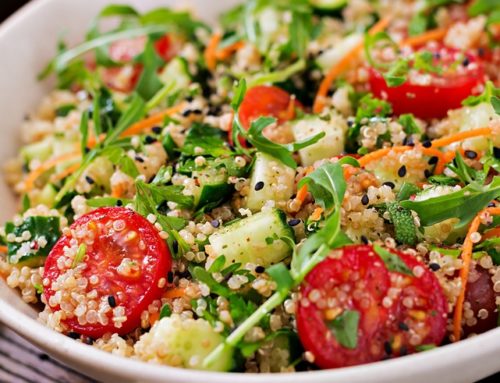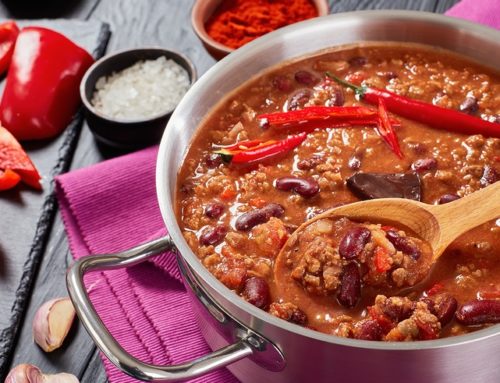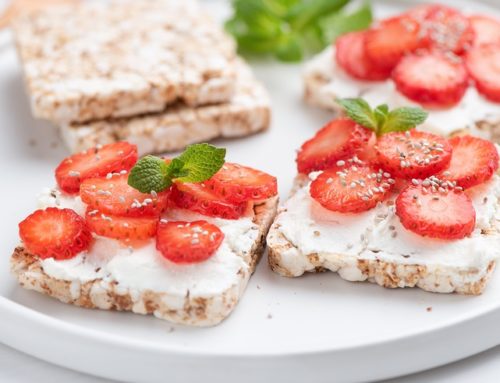Did you make a resolution to clean up your diet this year? If so, a food journal can help you get there!
The food journal is one of the most helpful tools out there for achieving nutrition-related goals. They are widely used for things like weight management, identifying food allergies, managing blood sugar in those with diabetes, and fine-tuning diet for athletic performance.
Despite their value, there is no denying that using a food journal requires a bit of time and effort. To make sure you’re getting the most out of your food journal, I’ve compiled a list of best practices below. Check out these tips, and get on track for a healthier 2019!
- Don’t wait. In today’s fast-moving world, it’s easy to forget what you ate even a few hours ago. Mindless eating, or eating when you are distracted by something else, is a common culprit when it comes to forgotten foods. Log meals and snacks right away to make sure you are getting an accurate snapshot of your intake.
- Think ahead. Try logging your food before you even eat it. Loosely project what you plan to eat for your meals and snacks and enter them in ahead of time. This can help with planning for appropriate portion sizes and making sure you get a good balance of nutrients in your day. If plans change for one of your meals, you’ll be able to adjust the rest of your day accordingly.
- Be honest. Treat your food diary the same way you treated that childhood diary: make sure to include all your deepest, darkest secrets. It won’t judge you for those times you veer off course, but it willgive you some valuable information as to how those choices impacted your overall diet. So, be sure to include everything – even those foods you didn’t feel so good about eating.
- Be accurate. The vast majority of us underestimate our food intake by a whopping 30%. This can mean the difference between losing weight or not. So, when logging foods in your food diary, try to be as accurate as possible. Using tools like the Nutrition Facts labels, measuring utensils, and food scales can help you make sure the portion sizes you enter in your food diary are an accurate representation of how much you really ate.
- Be consistent. Try using a food diary every day for at least a week or two. Not only will it become easier the more often you do it, but you’ll also get a good snapshot of what your diet looks like in different situations. You’ll learn what portions sizes are right for you, and what foods make you feel best physically. Once you feel more confident, periodically checking in with your food journal will help keep you on track.
If you’ve set a nutrition related goal for the new year, using a food journal might be the first step in helping you achieve it. Not sure where to find one? Our clients can find one conveniently right here on the app. Follow these tips, and you’ll become a master of your own diet in no time!





